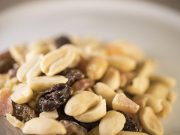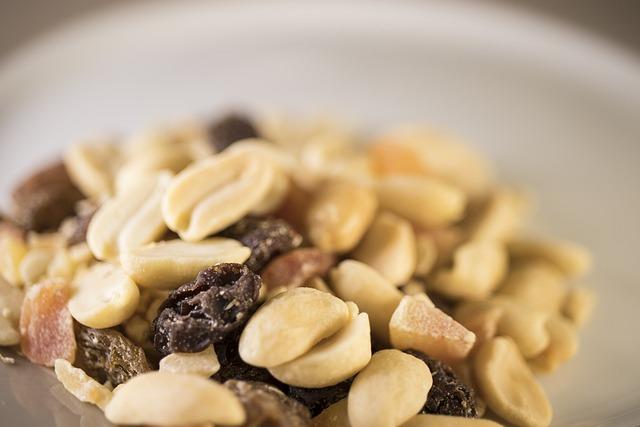Embarking on a journey towards better health and nutrition can often feel like navigating a complex maze of dietary options and advice. Yet, for those seeking a return to the simplicity of whole, unprocessed foods, the Paleo diet offers a compelling roadmap. By aligning our modern eating habits with those of our Paleolithic ancestors, the Paleo diet promises not only improved nutrition but also a renewed sense of vitality. However, adopting this primal way of eating can come with its own set of challenges and questions. In this article, we will explore the best practices for integrating the Paleo diet into your lifestyle, offering guidance that is both practical and empathetic. We understand that each person’s dietary journey is unique, and our goal is to provide you with tips that honor your individual needs while supporting your quest for a healthier, more nourishing way of life.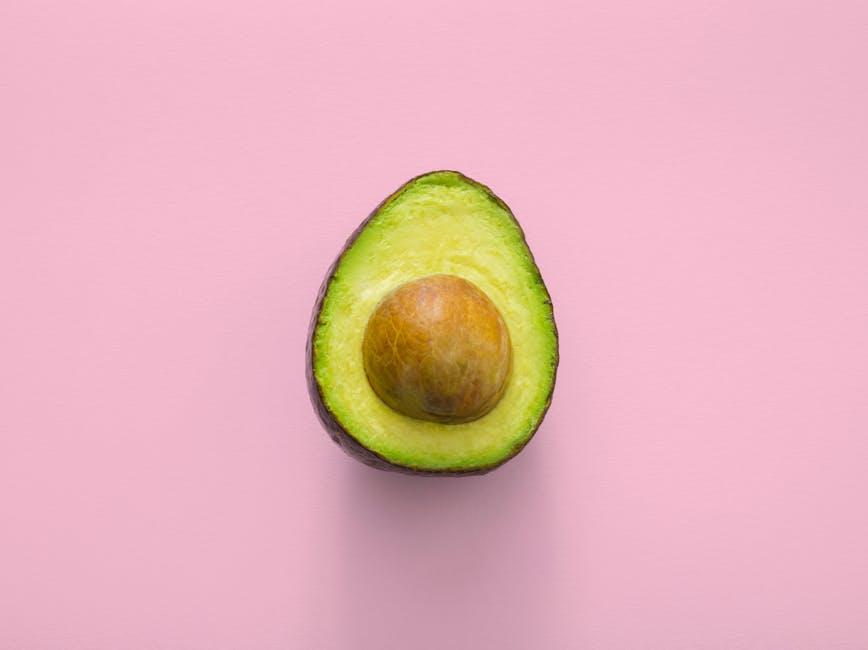
Understanding the Core Principles of the Paleo Diet
The Paleo Diet revolves around the food habits of our ancestors from the Paleolithic period, focusing primarily on whole foods. At its core, the diet emphasizes avoiding processed foods and sugar, instead highlighting natural ingredients that our genetic evolution is adapted to. This means leaning heavily on what can be hunted or gathered, promoting a simpler and cleaner way of eating.
- Lean Proteins: These form the foundation of the diet, encouraging the consumption of meat, fish, and fowl within reason. Grass-fed and pasture-raised options are preferable.
- Fruits and Vegetables: Aim to eat a rainbow. The focus is on varied produce rich in vitamins, fiber, and antioxidants.
- Nuts and Seeds: In moderation, these provide essential fats and proteins, supporting satiety throughout the day.
A pivotal aspect is understanding which food groups are to be limited or avoided to truly align with Paleo principles. Below is a table for quick reference:
| To Include | To Limit/Avoid |
|---|---|
| Lean Meats | Dairy |
| Fish | Refined Sugars |
| Vegetables | Grains |
| Fruits | Processed Foods |
Adhering to the Paleo principles not only helps in revitalizing your nutritional intake but also encourages a holistic approach to well-being. Remember that the journey is about discovering which natural foods nourish you best.
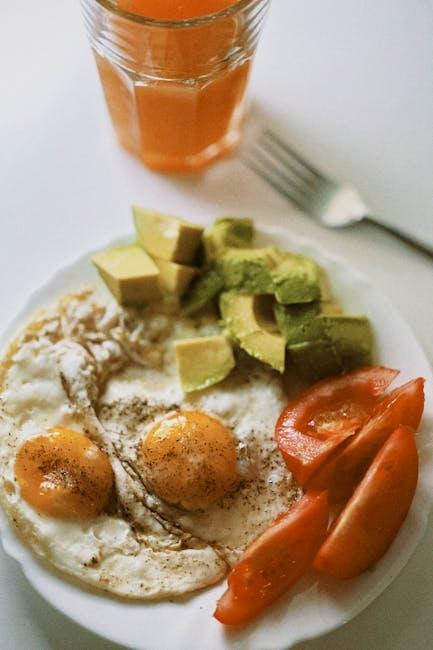
Mastering Meal Planning for Paleo Success
Mastering the art of meal planning for the Paleo diet can be challenging but immensely rewarding. Prioritizing whole foods can lead to better nutrition and seamless integration into your daily routine. Here are some practical tips to help you stay on track:
- Batch Cooking: Dedicate a few hours on the weekend to cook meals in bulk. This not only saves time during the busy week but also ensures that you always have Paleo-friendly meals on hand.
- Focus on Variety: Include different protein sources like grass-fed beef, free-range chicken, and wild-caught fish. Incorporating a range of vegetables can also help you avoid burnout and keep meals exciting.
- Use Seasonal Produce: Purchasing seasonal fruits and vegetables not only cuts costs but ensures your meals are fresh and nutrient-dense.
To help streamline your grocery shopping and meal prepping process, consider the following meal components and their estimated preparation durations:
| Meal Component | Prep Time (mins) |
|---|---|
| Grilled Chicken Breasts | 30 |
| Roasted Vegetables | 25 |
| Sweet Potato Mash | 20 |
| Kale Salad | 15 |
By structuring your meals this way, you not only nurture your body with the nutrients it craves but also transform the act of eating into a more satisfying and less stressful experience. Always remember, small and consistent changes are the key to long-term success on the Paleo journey.

Choosing the Right Food: Your Paleo Shopping Guide
Embarking on a Paleo journey involves rethinking not only what you eat but also how you shop. Make your next grocery trip a breeze with these focused tips. Begin by familiarizing yourself with the aisles that usually host your new staples:
- Produce Section: Fill your cart with an array of vegetables and fruits. Leafy greens like spinach and kale, cruciferous veggies, and antioxidant-rich options like berries are all Paleo-approved.
- Meat and Seafood: Opt for grass-fed meats, free-range poultry, and wild-caught fish. These choices ensure you’re consuming higher nutrient profiles and avoiding unwanted hormones.
- Nuts and Seeds: Perfect for snacks or adding texture to meals, choose raw, unsalted varieties such as almonds, walnuts, and chia seeds.
Ensure your cupboard stays Paleo-friendly by stocking up on essentials. Create a quick reference using this simple comparison table:
| Paleo-Friendly | Avoid |
|---|---|
| Coconut oil | Canola oil |
| Almond flour | Wheat flour |
| Honey | White sugar |
always check labels for hidden sugars and additives. A good rule of thumb? If you can’t pronounce an ingredient, it’s probably best left on the shelf. Empower your choices with knowledge, and remember, you’re fueling not just your body but also your well-being.
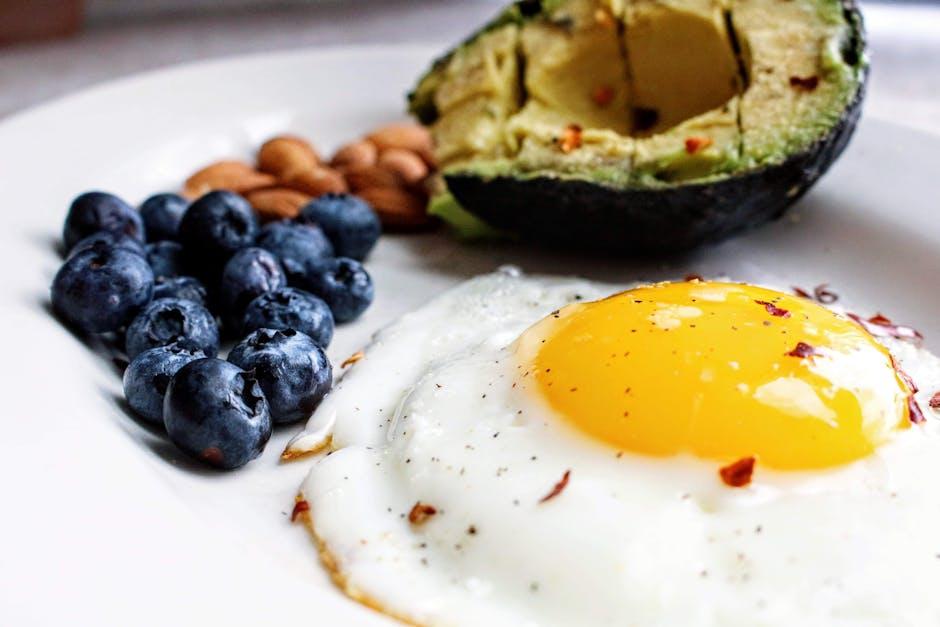
Overcoming Challenges and Staying Motivated on a Paleo Journey
- Embrace the Learning Experience: Transitioning to a Paleo lifestyle can be daunting when faced with the temptation of processed foods. Acknowledge that change takes time and remember, it’s okay to have setbacks. Use each moment as a learning opportunity to better understand your body’s needs and reactions. Instead of feeling guilty for veering off course, take a breath, reset, and return to your Paleo guidelines with renewed determination.
- Create a Supportive Environment: Surround yourself with people who uplift and motivate you. Whether that’s friends sharing similar dietary goals or online communities passionate about Paleo living, having a support network can make a significant difference. Share recipes, experiences, and tips with each other. Remember, you’re not alone on this journey—many others are recreating their paths to health just like you.
| Challenge | Motivation Boost |
|---|---|
| Cravings for Non-Paleo Treats | Prepare Paleo snacks like nuts or fruit-based desserts |
| Lack of Variety in Meals | Experiment with new recipes or weekly themes (e.g., Mediterranean week) |
| Dining Out | Research menu options in advance and communicate dietary needs |
- Set Realistic Goals: Establish clear, attainable goals to stay focused and inspired. Rather than setting an ambitious target that could overwhelm you, break it down into smaller, achievable steps. For instance, start with one Paleo meal a day, then gradually increase it as you become more comfortable. Celebrate each success along the way to maintain a positive mindset and keep pushing forward.
Final Thoughts
embarking on a paleo journey can be a transformative step towards better nutrition and overall well-being. By focusing on whole, nutrient-dense foods and embracing the dietary principles of our ancestors, you can nourish your body in a way that feels natural and sustainable. Remember, every individual’s path is unique, and it’s important to listen to your body’s signals and make adjustments that best suit your lifestyle and preferences. As you explore these tips, be kind to yourself and celebrate the progress you make, no matter how small. A supportive community or a consultation with a nutritional expert can be invaluable as you refine your approach and make the paleo diet work for you. With patience, curiosity, and commitment, you’re well on your way to experiencing the benefits of improved nutrition and health. Happy paleo living!

















